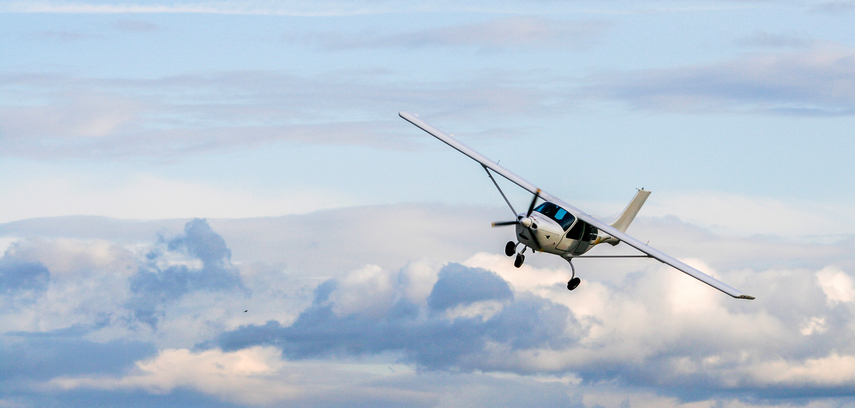
One of the most fundamental responsibilities of a pilot is collision avoidance. While uncommon, mid-air collisions are disastrous and often fatal when they occur. Surprisingly, according to the AOPA, most mid-air collisions happen in daylight hours in VFR conditions, during normal flight activities. The majority of mid-air collisions also occur during busy traffic times, often within five miles of an airport on warm weekend afternoons.
So, what can pilots do to avoid these accidents? Here are a few ways to prevent the danger of mid-air collisions.
Scanning
Perhaps the most effective way to prevent dangerous mid-air collisions is by practicing visual scanning. According to the FAA, the human eye is the leading cause of in-flight collisions. It takes just 10 seconds for a pilot to spot traffic in the distance, identify it as a collision risk, react, and respond. However, two planes flying at 750 mph will be less than 10 seconds apart when the pilots first detect the threat of collision. Pilots must use visual scanning to spot any hazards in their flight path and ensure they have time to react. While there are many different scanning technique, most pilots use the “block” system scan to divide the sky into sections and focus on one block at a time.
Organize the cockpit
In-flight distraction can lead to dangerous accidents, including mid-air collisions. Before flight, be sure that your cockpit is well-organized and free of clutter. Fold your charts in the order you will use them and keep them in reach so you can spend less time looking down and more time scanning the skies.
Avoid crowded airspace
Because the majority of mid-air collisions occur near busy airports, pilots must always practice situational awareness, especially in highly concentrated traffic areas. Pass over airports at a safe altitude, and consider using your radio when approaching an airport to find out the current traffic situation and report your position and altitude.
Protect your vision
Healthy eyesight is a critical component of safe flying. Be sure to monitor your eye health and receive regular eye exams to help identify and treat any conditions that may develop. Using high-quality sunglasses when flying will protect your eyes on sunny days and prevent visual fatigue, which may inhibit your ability to scan and spot other aircraft.
No pilot is insusceptible to the danger of in-flight collisions. According to the FAA, pilots involved in mid-air accidents range in experience from student pilots to experienced aviators with thousands of flying hours. However, training your eyes to spot for traffic and avoiding the danger of complacency can help you avoid in-flight mishaps and stay safer in the skies.